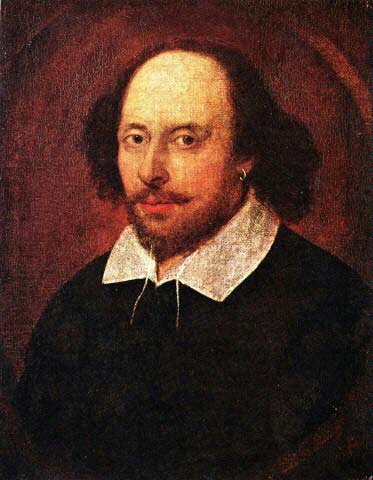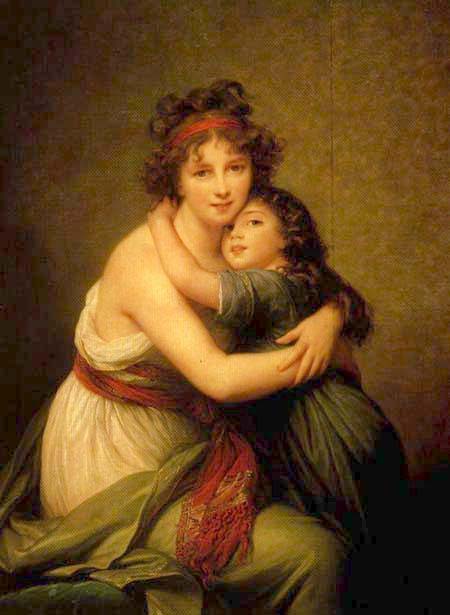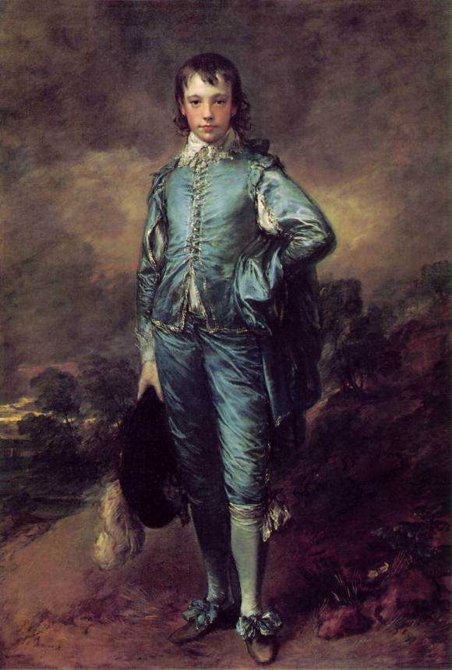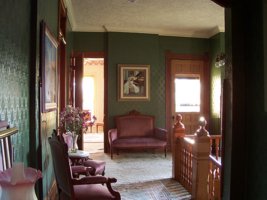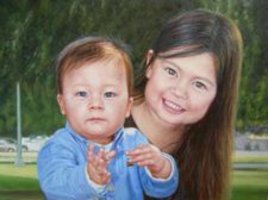The Chandos portrait is believed by many to be one of the few depictions of the well-loved bard William Shakespeare, who lived from 1564–1616. There is such compelling academic controversy surrounding the figure of Shakespeare, even to the point of some questioning whether he was the true author of the writing attributed to him. The Chandos portrait is an image that has contributed to his iconography, perhaps from as early as 1623 when his First Folio was published. The cover of the First Folio sports an engraved image that bears a striking resemblance to the Chandos portrait (which is so named because it was once owned by the 3rd Duke of Chandos).
Perhaps unfortunately, the painting had at one point been altered to make the subject appear, among other things, balder. There was also a fake inscription added. There are seven total portraits we are aware of today that are presumed to have been painted during Shakespeare’s lifetime. The Chandos portrait was modified to fit better with these other representations and thus make it seem more like our composite perception of the man.
The portrait’s current owner, the National Portrait Gallery of London, received it in 1856. Their most recent research concludes that it is a true likeness of Shakespeare, “probably.” They attribute the pleasantly colored portrait of the sensitive eyed man to a painter named John Taylor. The Portrait Gallery’s research about the identity of the subject involves studying elements such as whether the clothing depicted and the oil pigments used were appropriate to the time that Shakespeare lived. The man portrayed wears a gold earring and a loose white collar with ties. He also wears a full moustache and beard. These fashion details often represent a poet, and they are apparent in the dress of other poets and literary figures of the time.
Given our awareness of how depictions of every person, not just famous bards, can vary across time and also according to lighting conditions, backgrounds, angles, clothing choices, etc., this oil painting is easy to regard as a precious historic relic.
Author: Julie Ann
